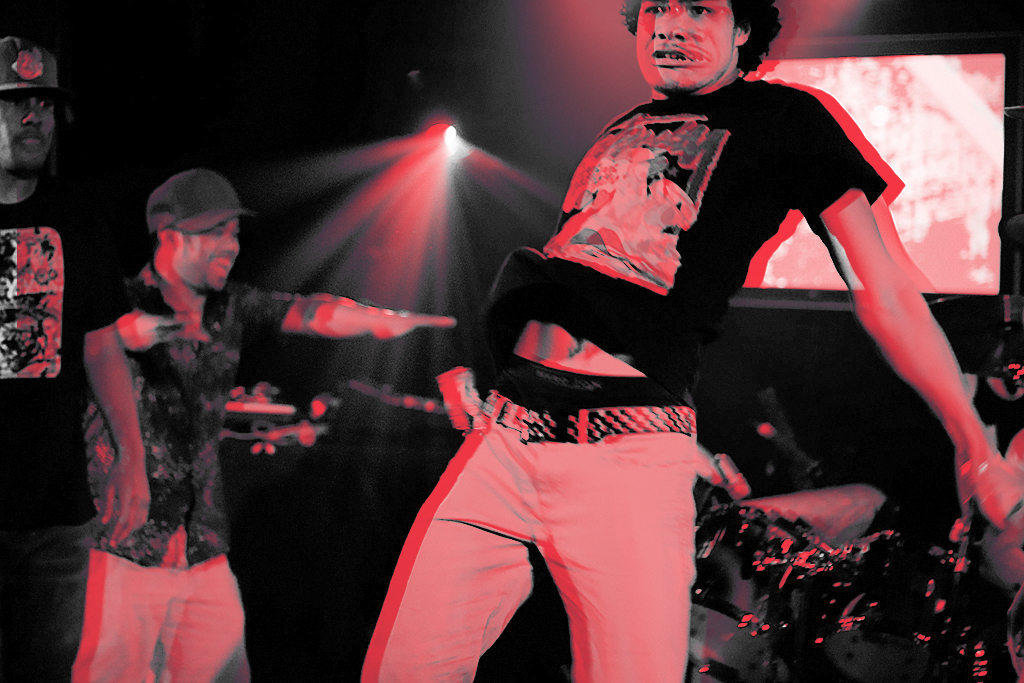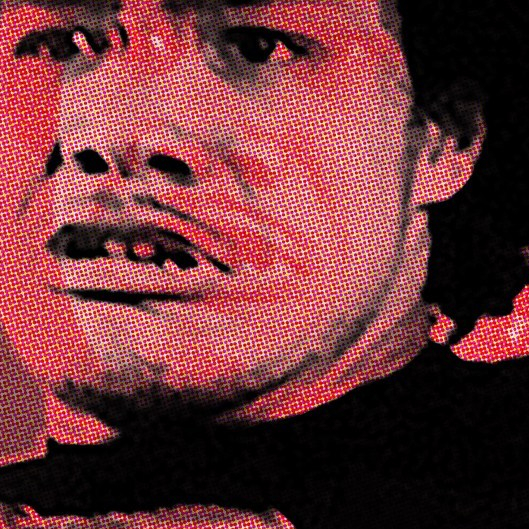“If you imagine trying to talk to somebody in a totally foreign language, and you wanted to express something to that person without the use of language, how would you do that?” – British conductor Harry Bicket
The crowd murmur slows down to a silence, a sharp gasp of breath, and an almost mythical quality pervades the air. The ghazal singer begins to trace invisible inscriptions on thin air, ascending and descending on vocal stairs. As he reaches ascendancy in his tone, his hands lightly traces the air. For a moment, it appears that the hand and the musical notes he intonates merge in a singular visualized drawing. To the audience, the elaborate hand movements seems innocent enough, he is merely visualizing the song through his hands. In his world, however, an entirely different meaning takes place. He draws his vocals on compositions of air, not for the purposes of visualization, but to “reach” and narrate the very note he intends to. It has been proven through research that music is intimately related to movement, as musicians move their bodies for purposes that are not directly related to note production. When performing in a band, the more synchronized the physical movement of its members, the better the music tends to sound.

Traversing now to an entirely different cultural region, in an orchestra hall in New York, conductor Mr. Nezet-Seguin explains that he uses his hands to describe the space of a sound. “Basically the hands are there to describe a certain space of the sound and to shape that imaginary material,” Mr. Nézet-Séguin said. That imaginary body of sound sits in front of the conductor, between the chest and the hands. The conductor draws an invisible imaginary space of sound on air. A horizontal movement narrates a lyrical quality to the story, sweeping the baton “smooths” out the choppy phases of the music. Anger was felt through large, fast, uneven movements, whereas happiness was conveyed through large and fast movements. Xian Zhang, who is an adept master at the art of drawing on air, states that the movement of her hands and that of the baton closely matches the music’s character. It becomes delicate when the music is supposed to be gentle and embodies the music so much that it seems to draw out the sounds itself!
This seemingly only occurs in the realm of music, but crossing over to the discipline of dance, we find ourselves in the streets of South Central, Los Angeles.

A lone dancer is seen in a dance battle. He is frantic and aggressive, releasing emotional triggers like a wind up doll. Unbeknownst to his audience; he prepares and internalizes the emotions of his story. When he’s ready, Tight Eyez as he’s known in his world takes the angst that has surrounded him from the day he was born by stomping the ground and drawing shapes of emotions through a story told on air.
The crowd understands. They crowd around him, hoping to share in his story and pain, and to make it theirs. This is krumping, an expressive dancing style narrating one’s most intimate life stories or dialogues through invisible shapes drawn on air. For filmmaker Maceo Frost, who chanced upon krumping at a street dance camp, found that the crowd at that camp understood something he hadn’t. To the uninitiated, it seemed like a bunch of rowdy men and women dancing wildly to the music. For Maceo, he witnessed how the crowd went from being completely wild to silently speechless. He described the feeling of watching this as “spiritual goosebumps”.
To the initiated, this phase of the dance is categorized as a “Get-Off”. A Get-Off moment is when the Krumper has connected with their innermost feelings thus letting out repetitive movements that narrate their stories. In the next phase, the “Kill Off” moment takes over when the crowd connects with the stories or feelings of the Krumpe. They are excited by and proceed to surround the Krumper, at which point the battle is over and the opponent are “killed off”. One may be forgiven for thinking of this solely as a dance battle, however, for a vast majority of Krumpers, Krump is a method of spiritual healing and empowerment. Krump, spelled K.R.U.M.P, is actually an acronym for Kingdom Radically Uplifted Mighty Praise, elevating it as a faith-based artform. It is a ghetto ballet, an artistic expression of feelings told through invisible shapes drawn on air.
As one is able to discern, drawing on air isn’t meant to be a visual reproduction of tangible qualities but rather an expression of embodied narratives rendered intangible. So the next time you see a musician, dancer, or artist, you’ll know better.
References:
Dahl, S., & Friberg, A. (2019). What Can The Body Movements Reveal About A Musician’s Emotional Intention? Retrieved from: https://pdfs.semanticscholar.org/f614/561915f571e8af693d396e081ebc723757a4.pdf
Frost, M. (2019). Staff Pick Premiere: krump is a way of life. Retrieved from: https://vimeo.com/blog/post/raised-by-krump/
Ohmer, Sarah S. (2019). “In the Beginning was Body Language” Clowning and Krump as Spiritual Healing and Resistance”. CUNY Academic Works. Retrieved from: https://academicworks.cuny.edu/le_pubs/247
Wakin, D. (2019). Breaking Conductors’ Down by Gesture and Body Part. Retrieved from: https://www.nytimes.com/2012/04/08/arts/music/breaking-conductors-down-by-gesture-and-body-part.html
Zekert, P. (2019). Because I Know What You’re Doing. Retrieved from: https://www.mpg.de/788191/F003_Focus_032-037.pdf

